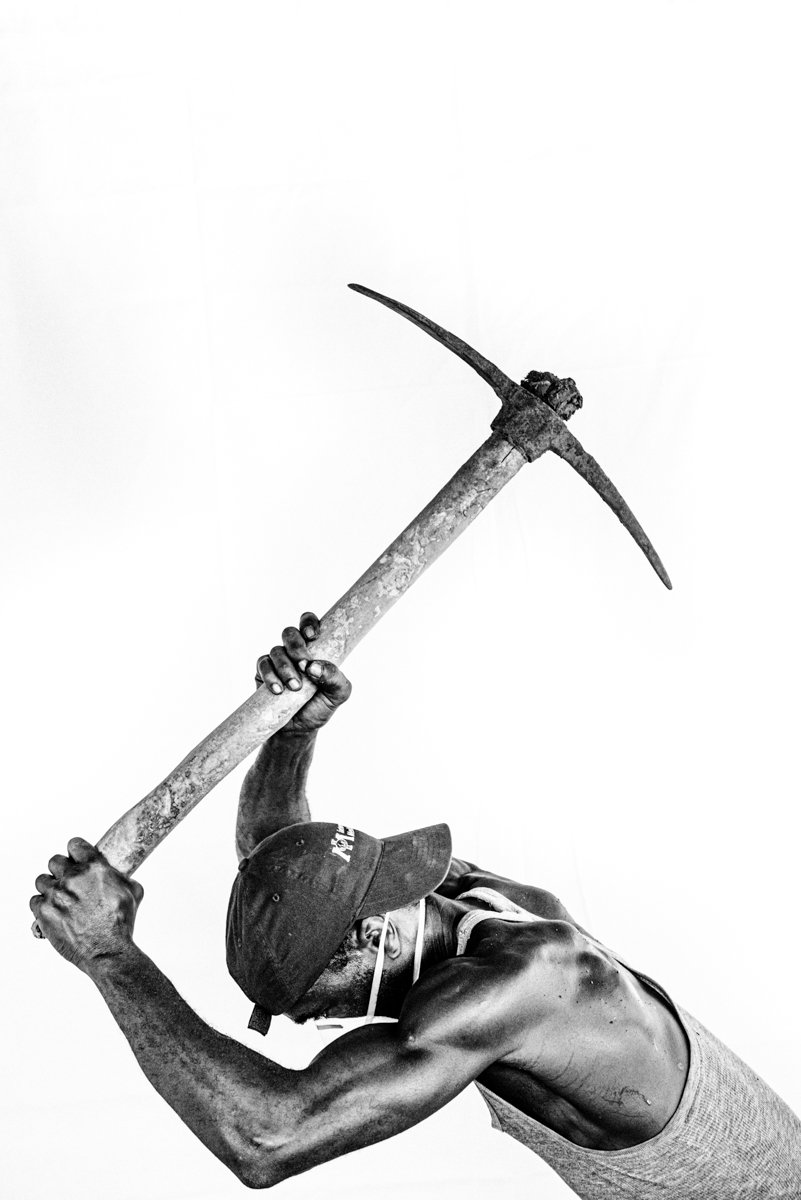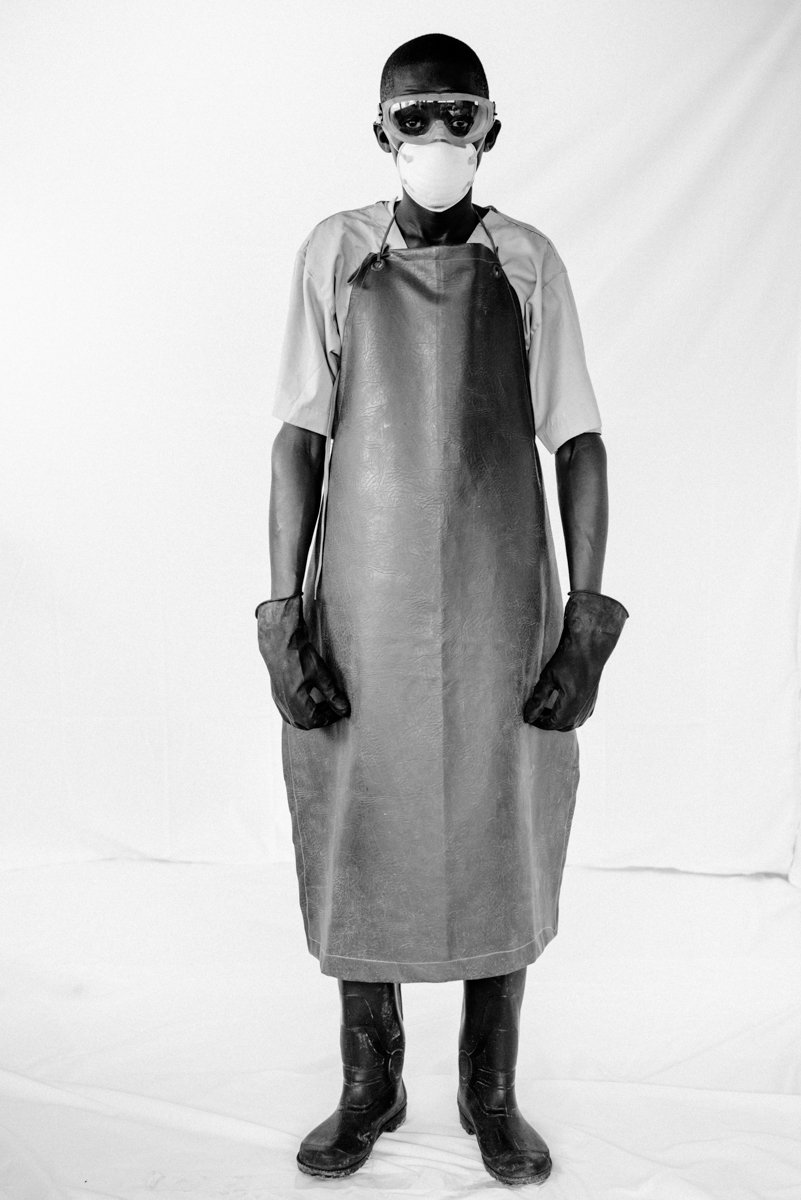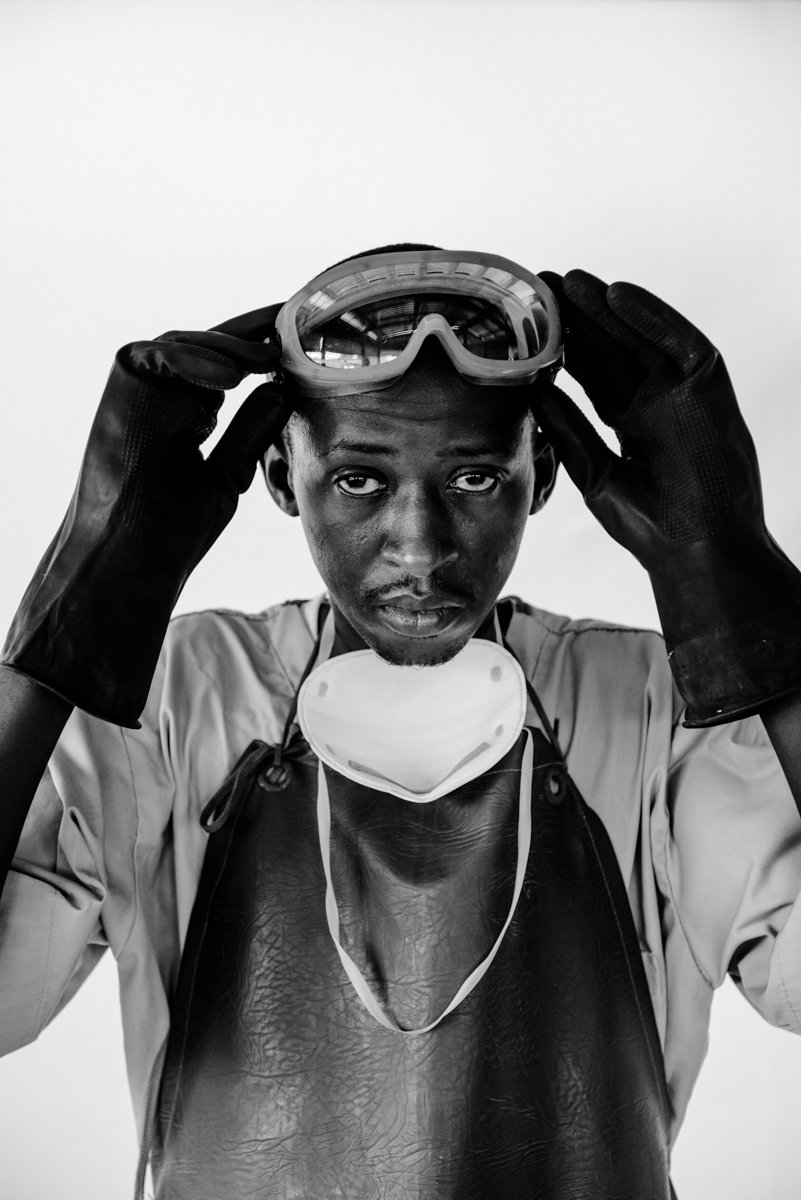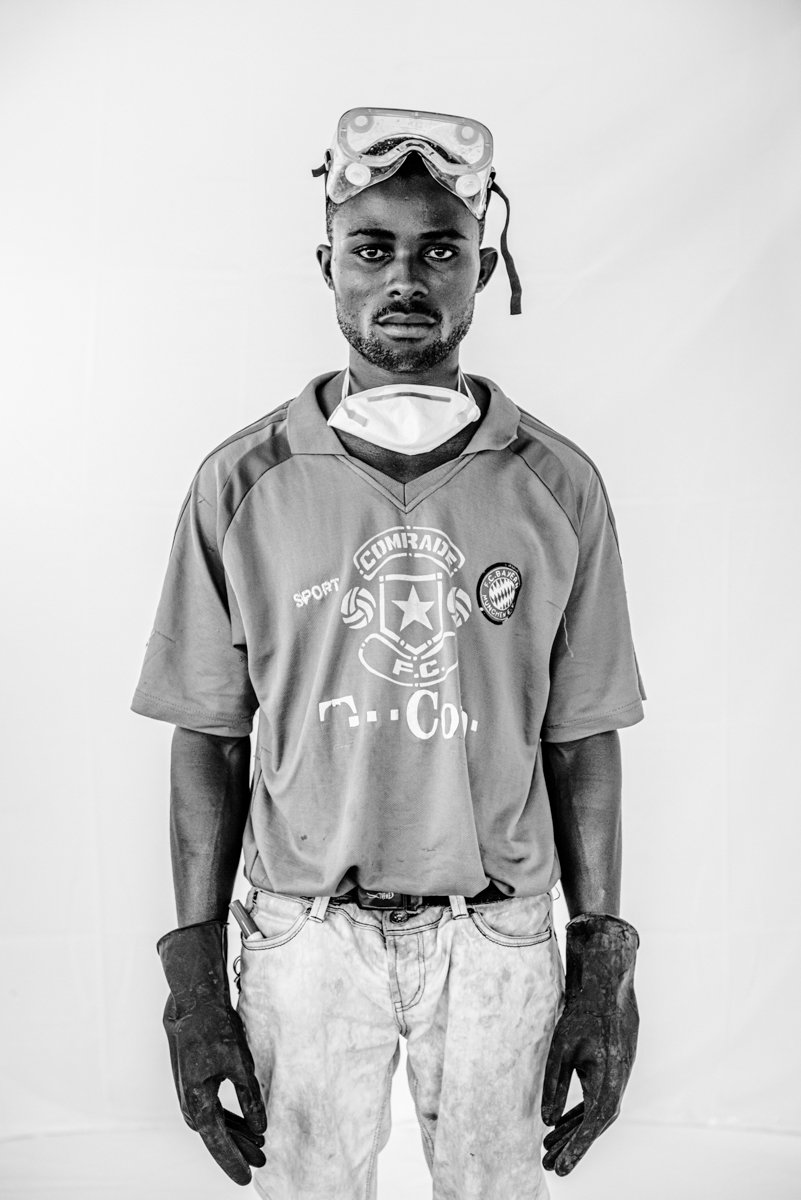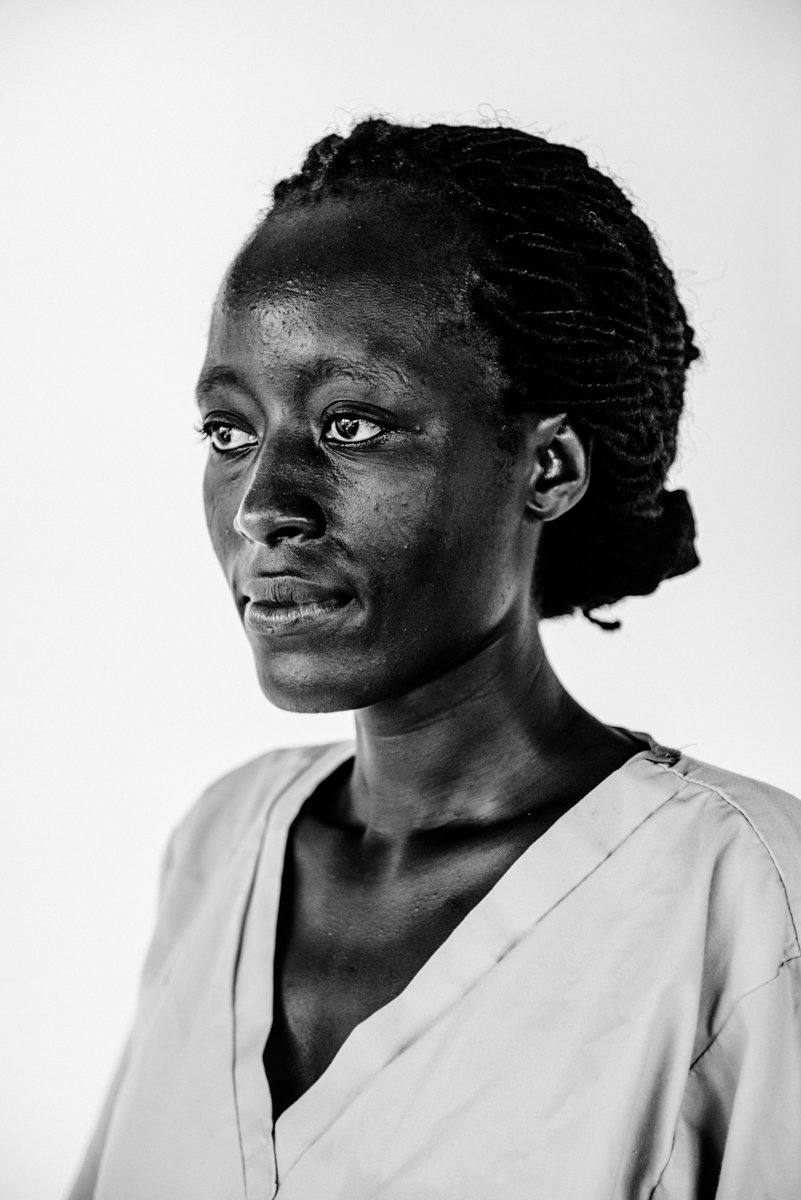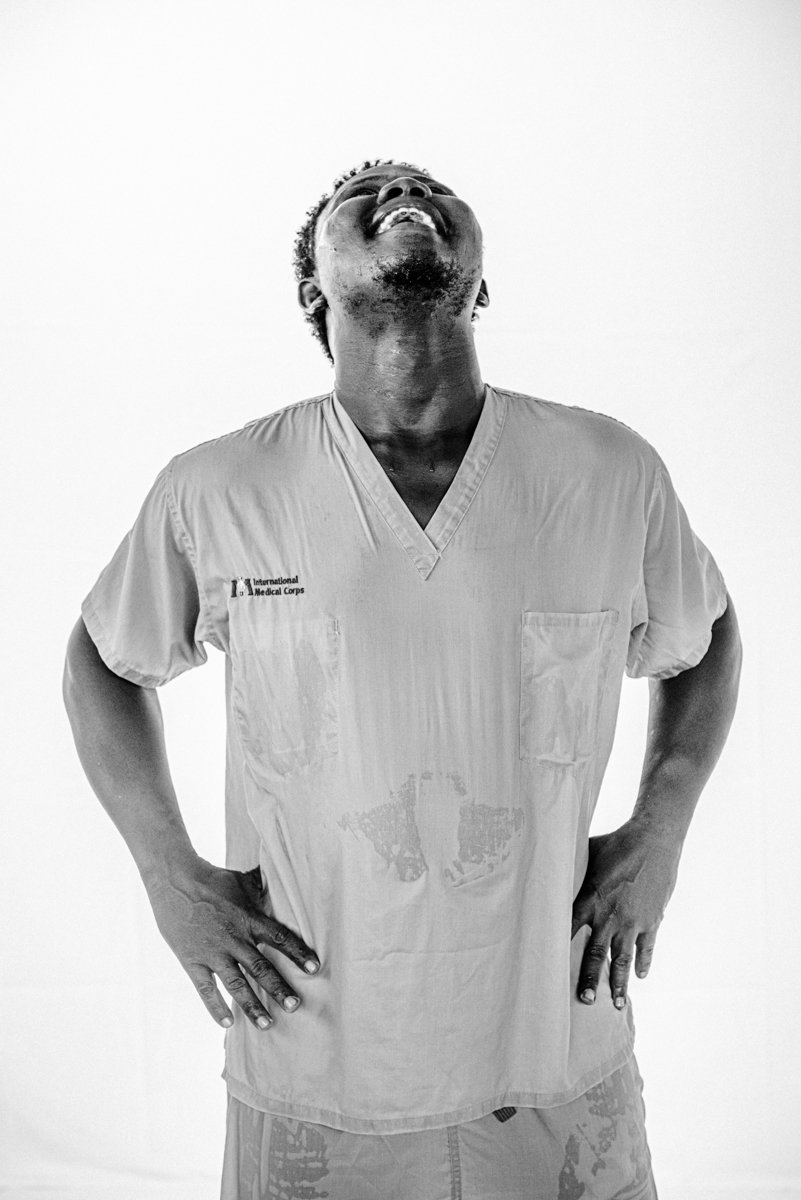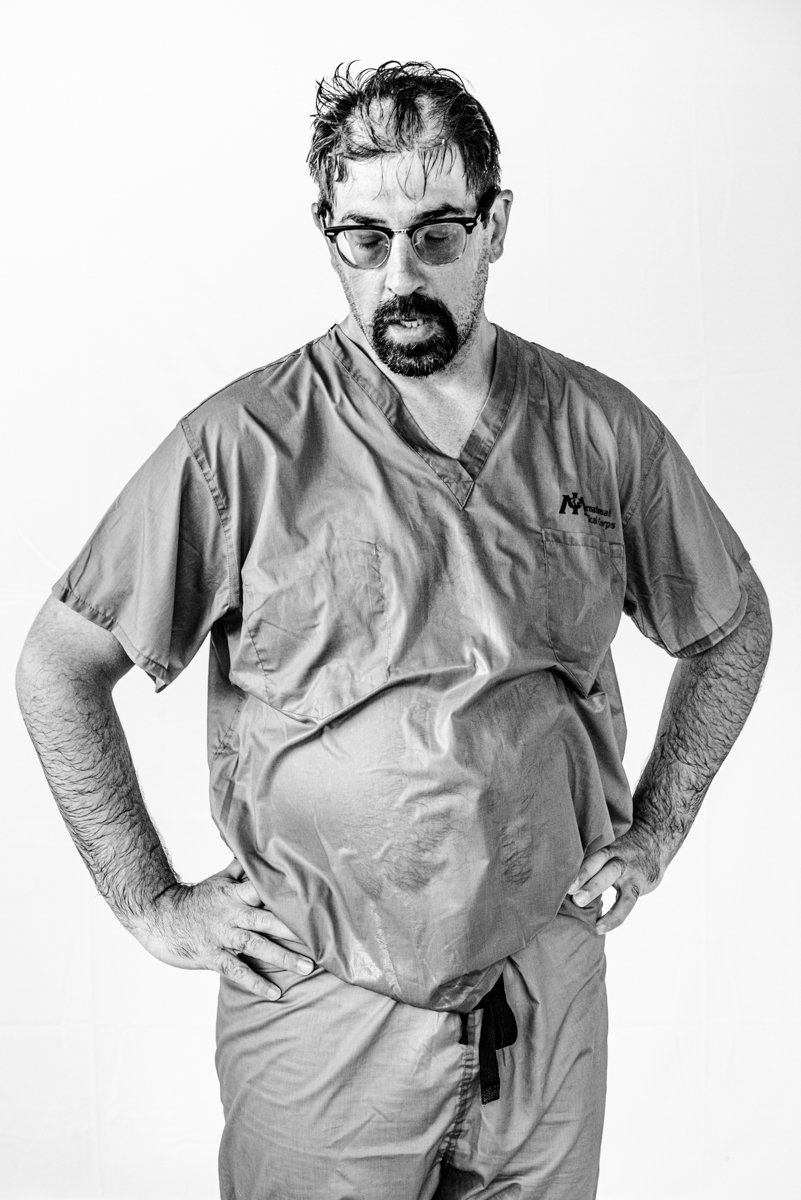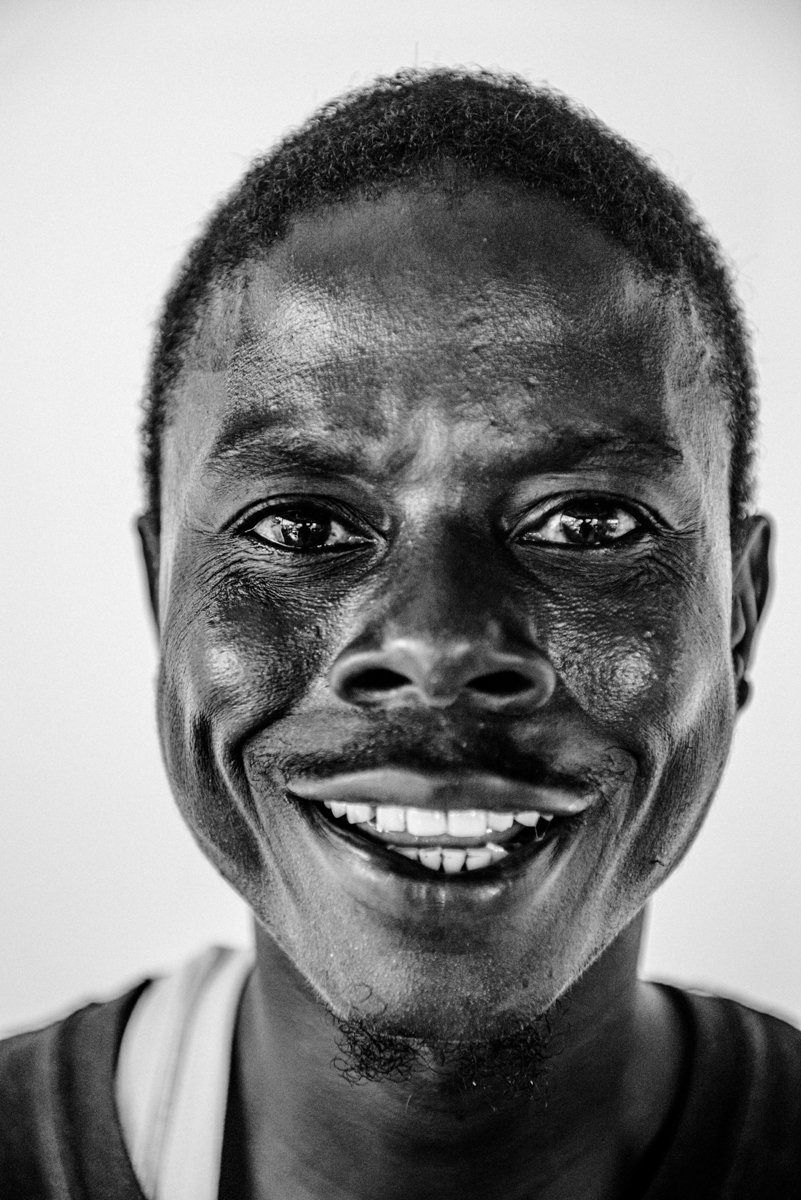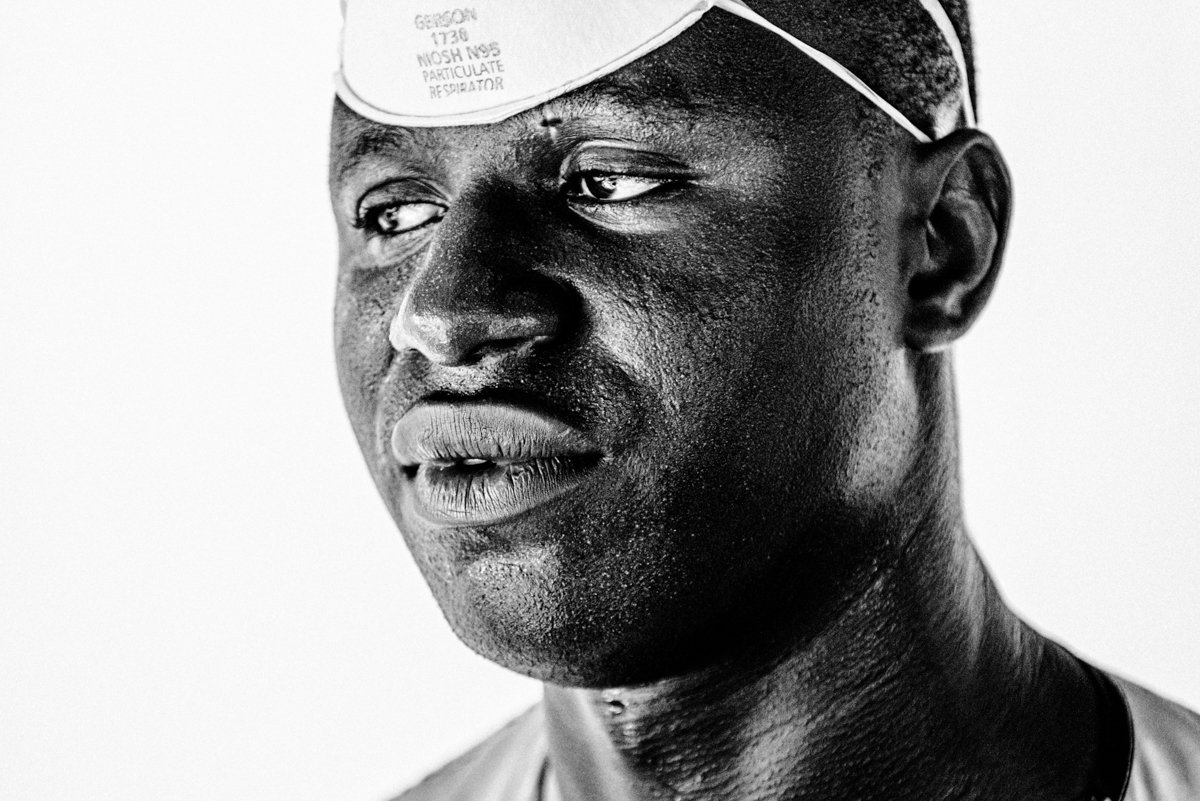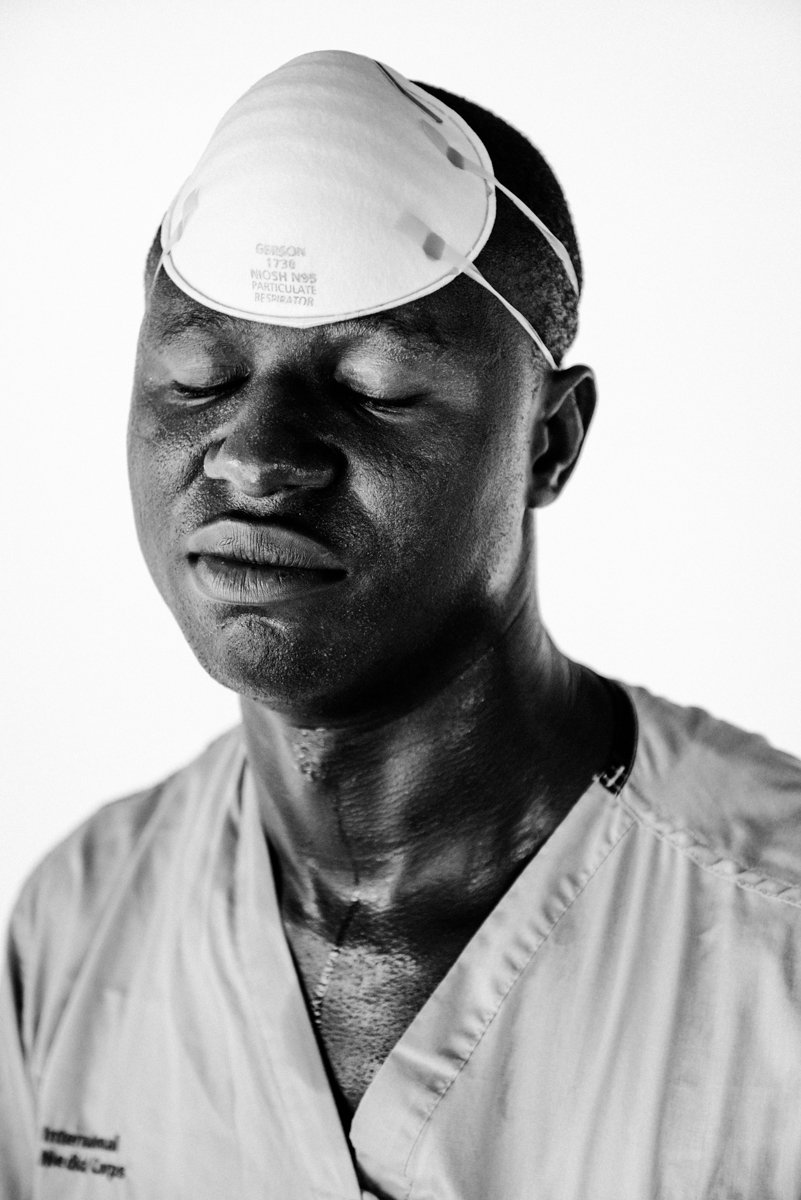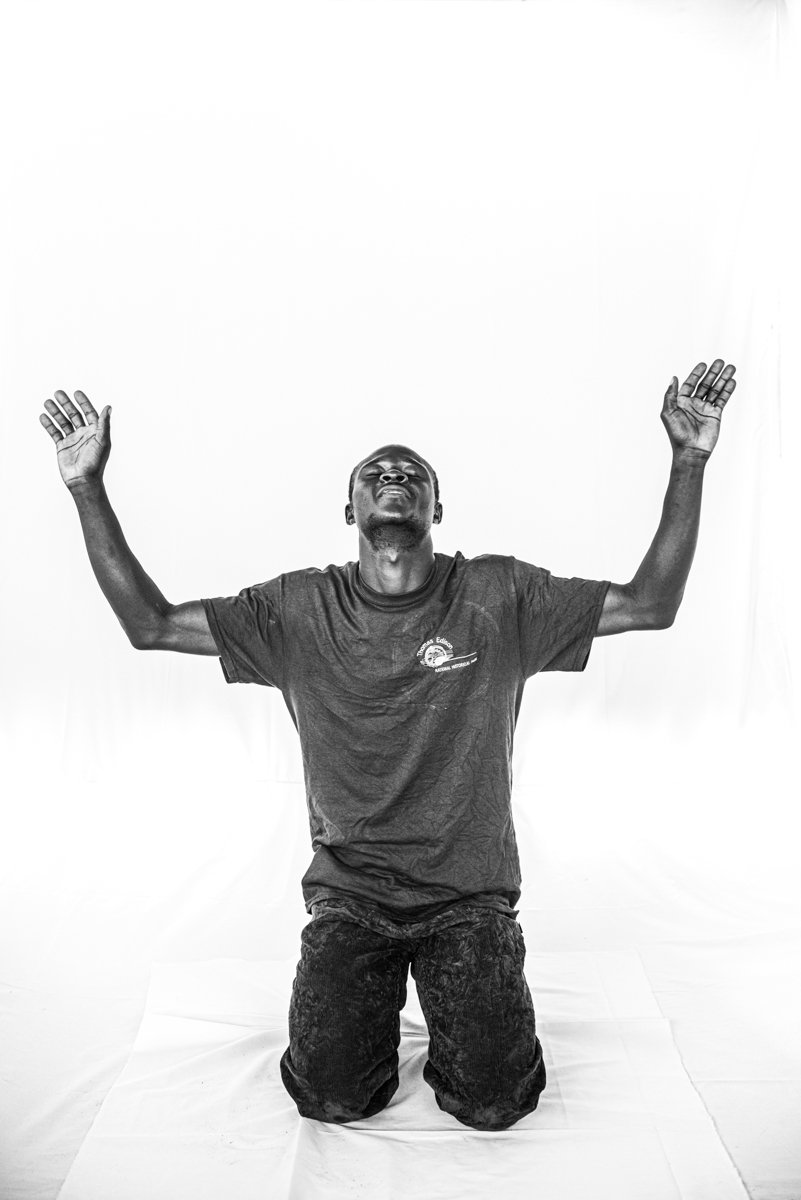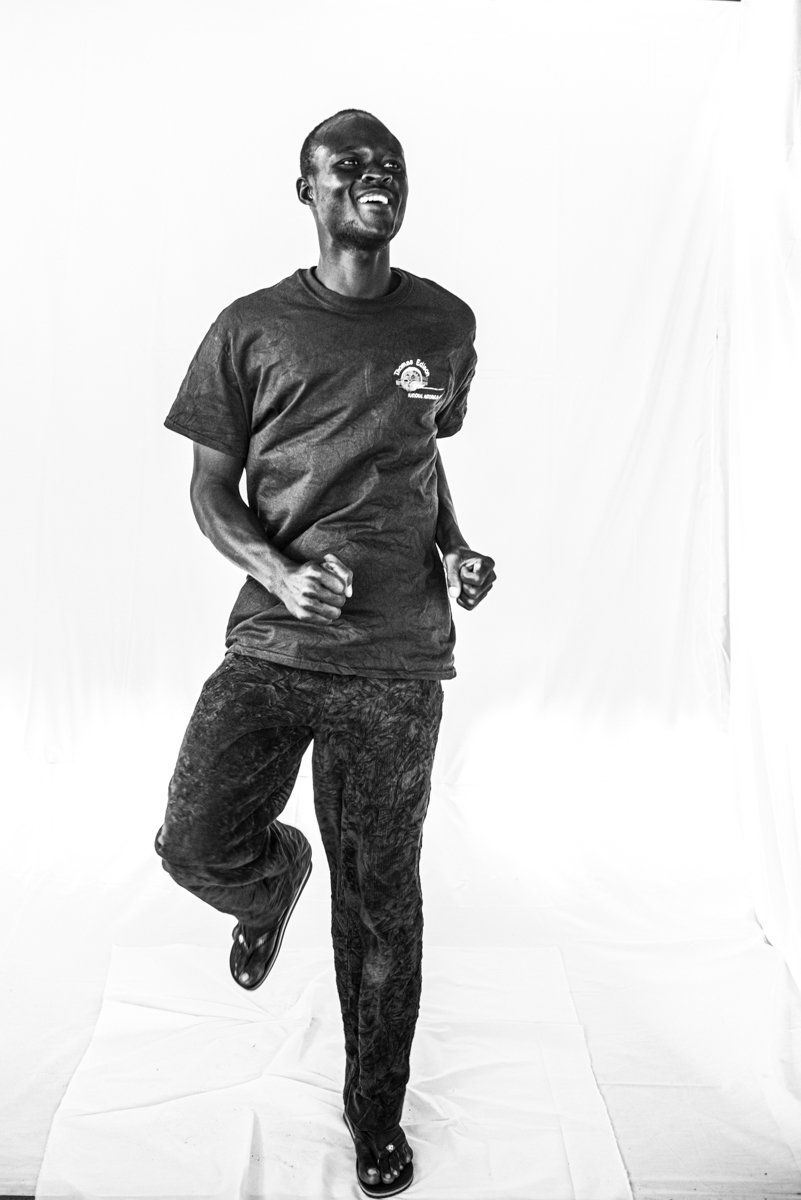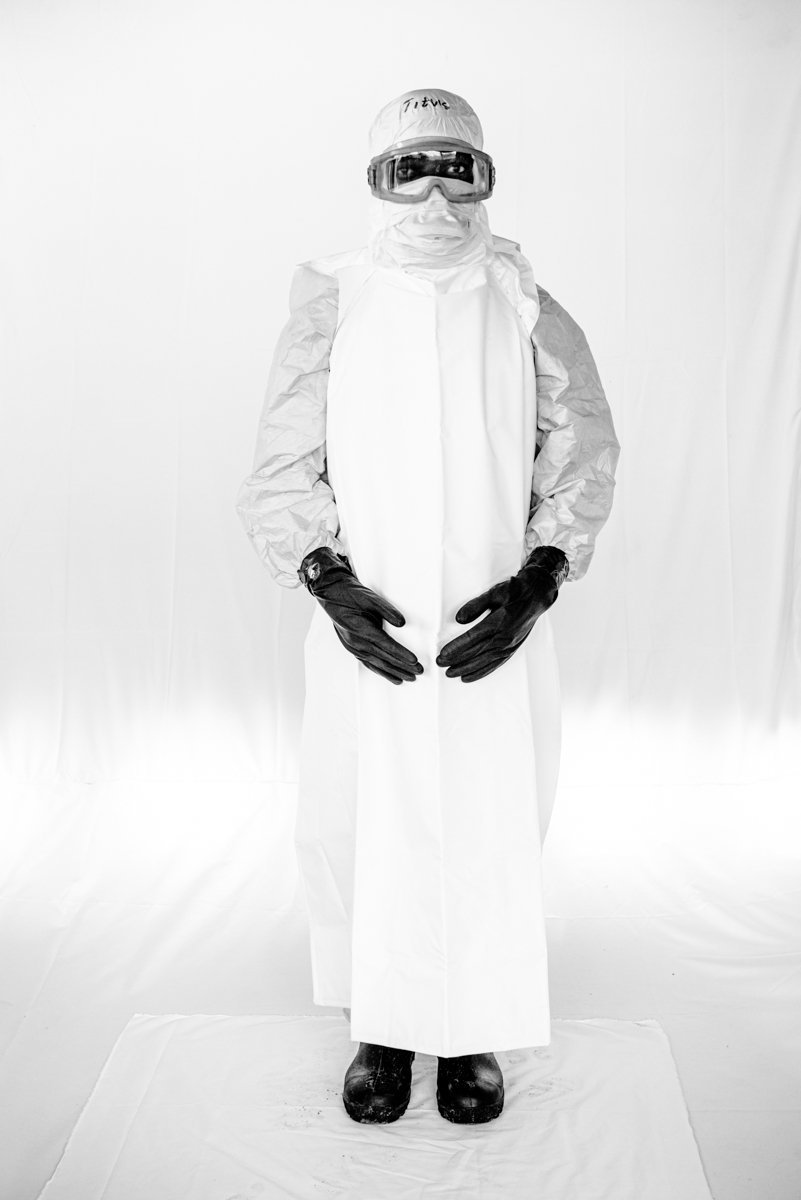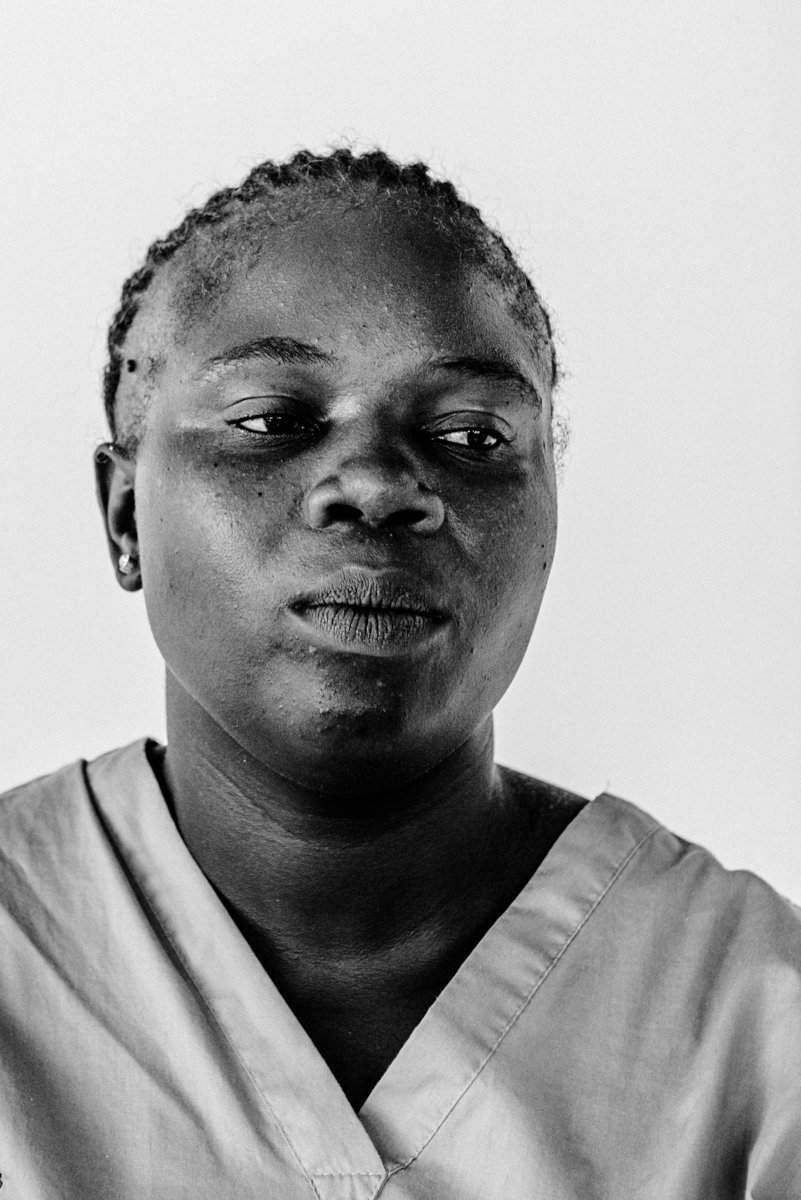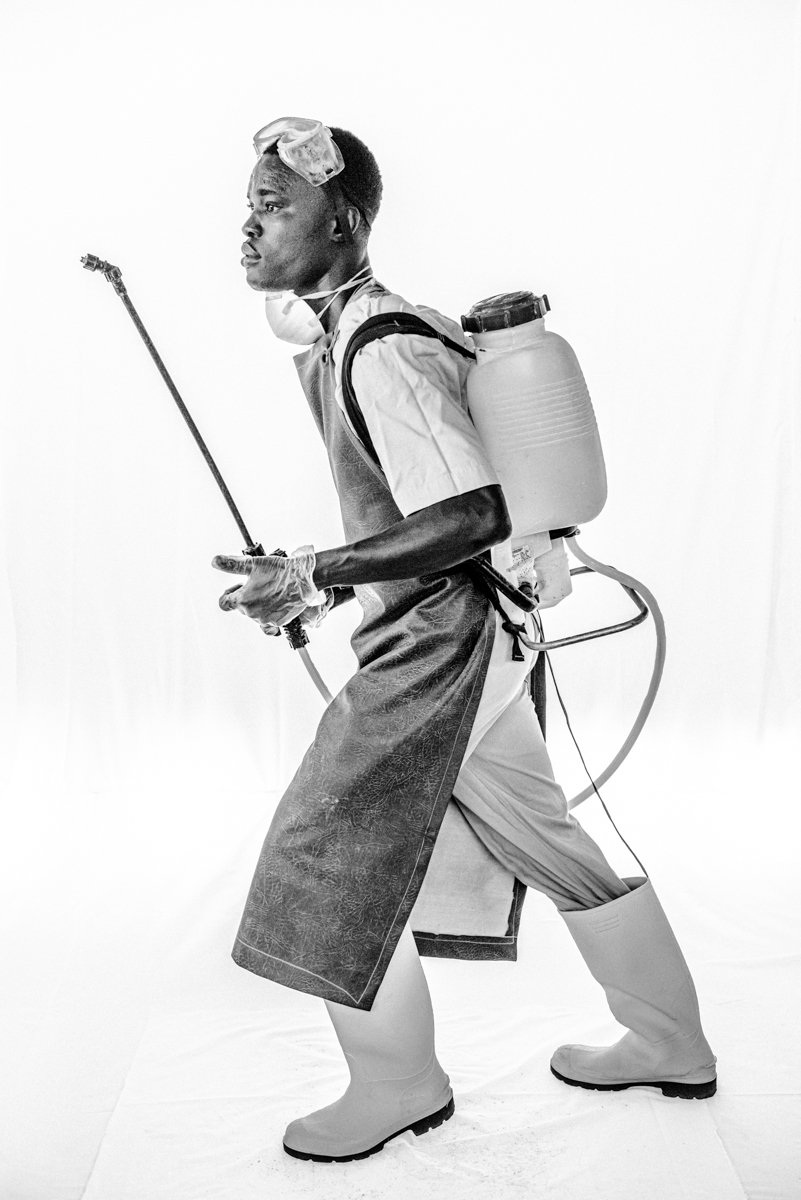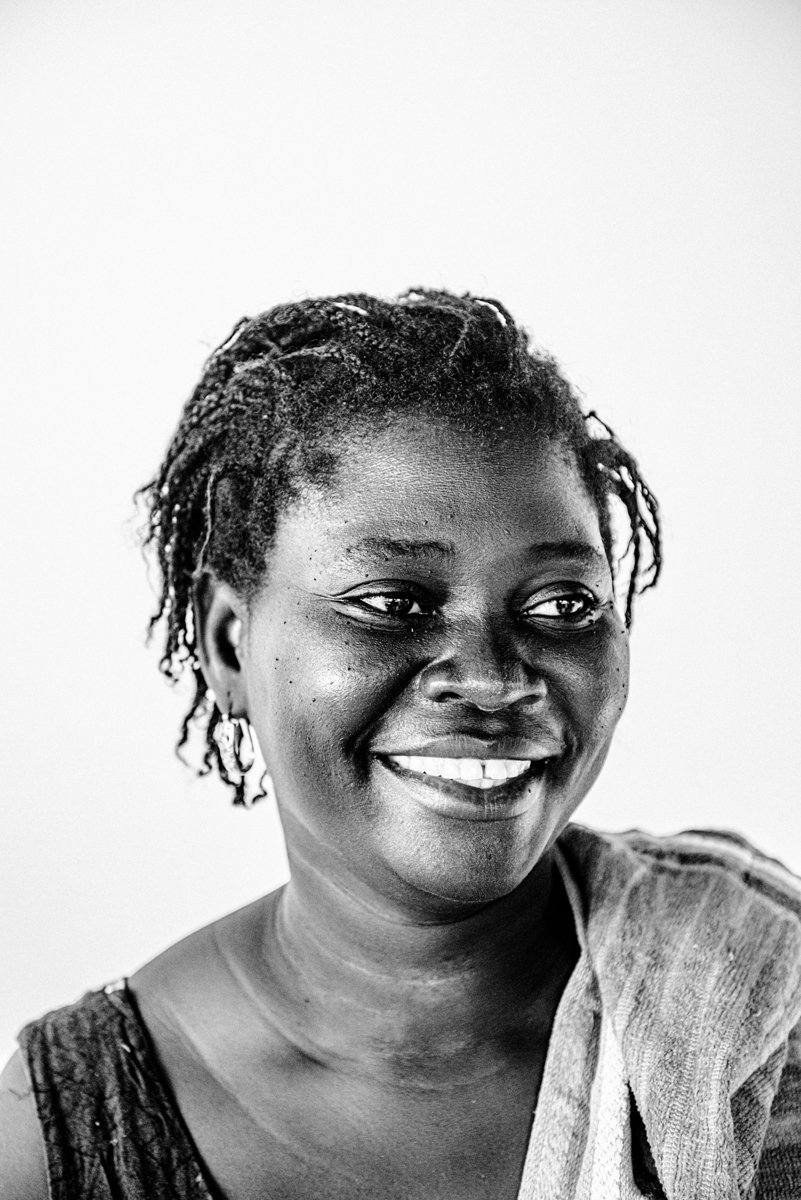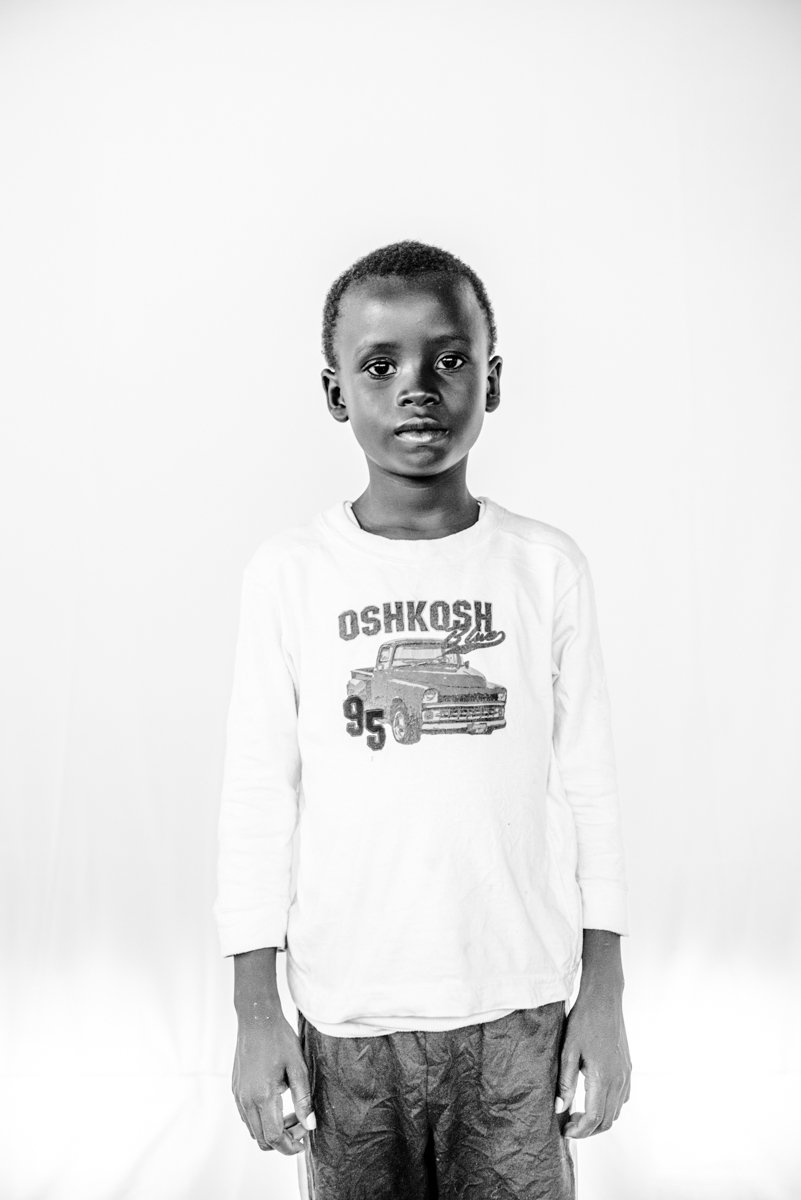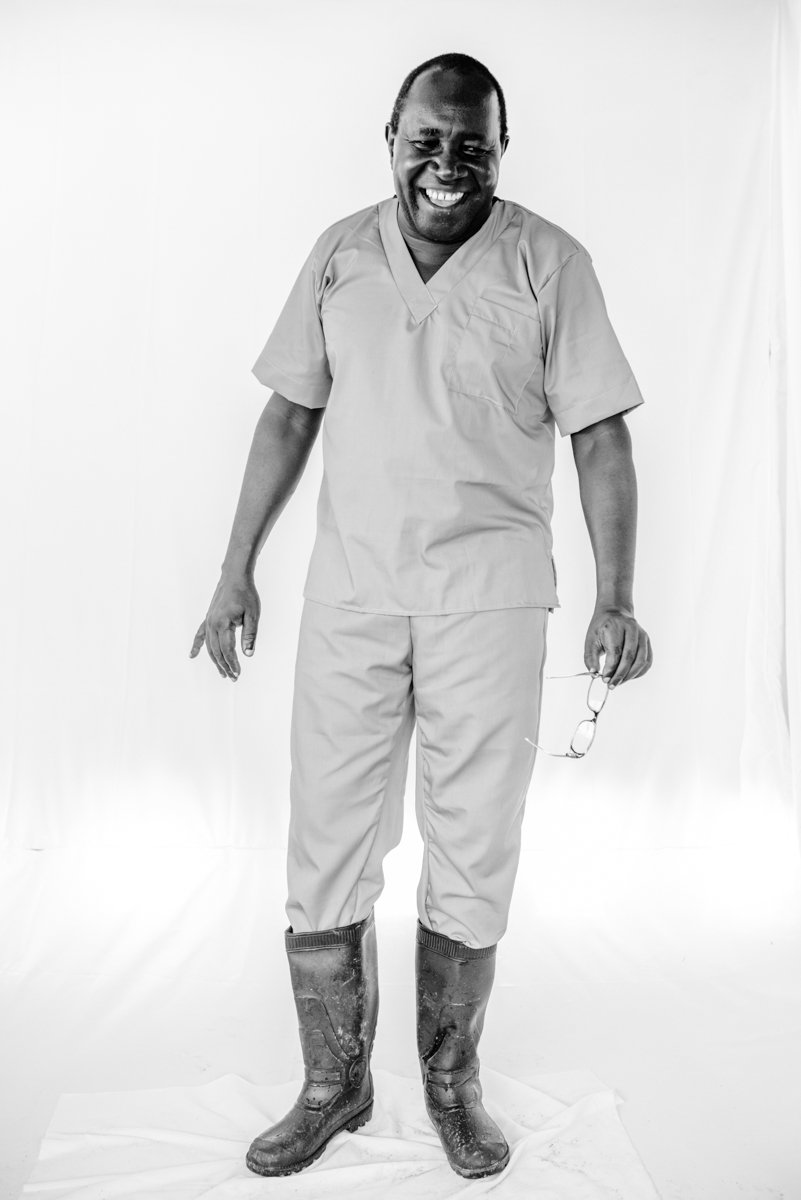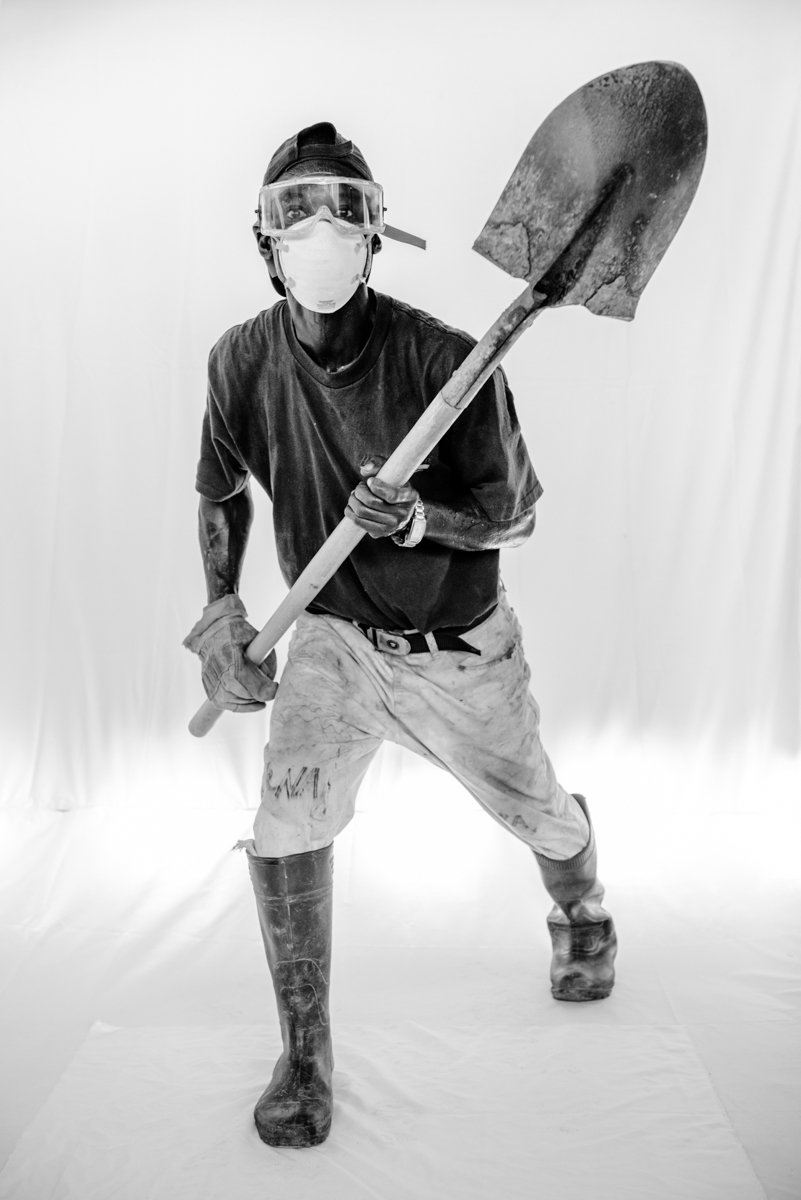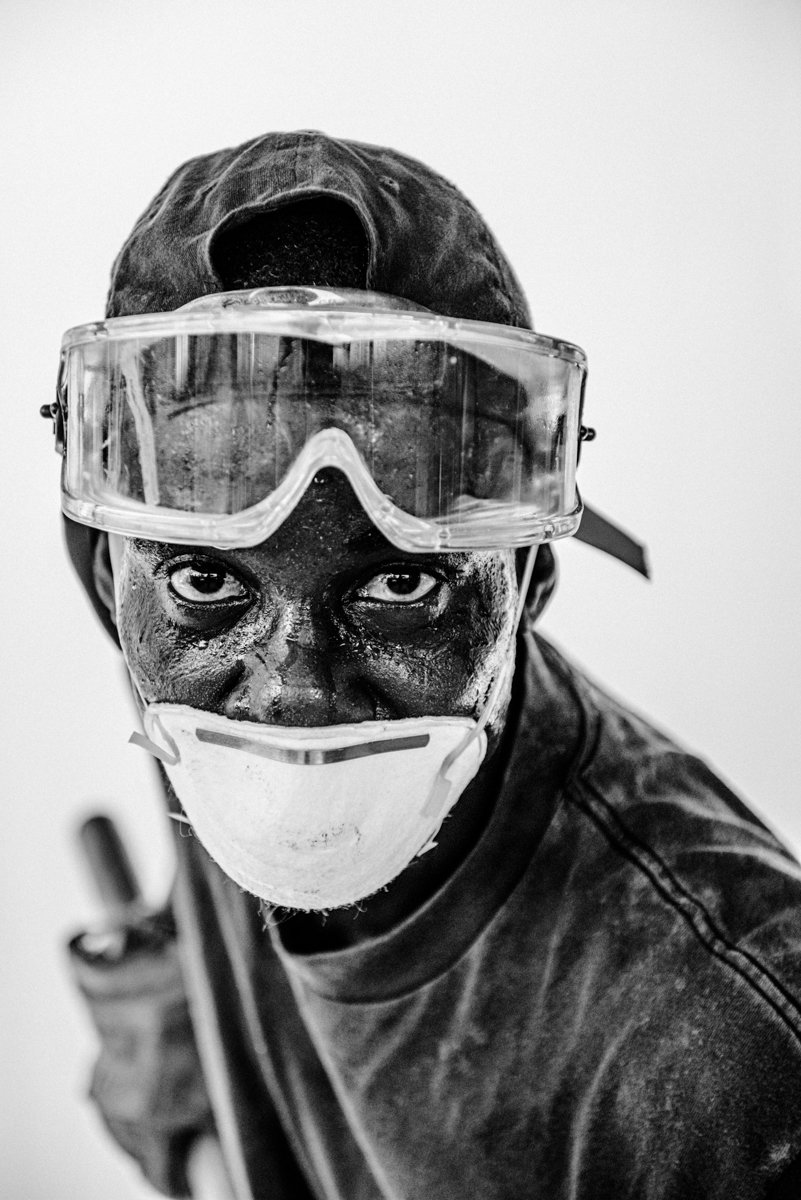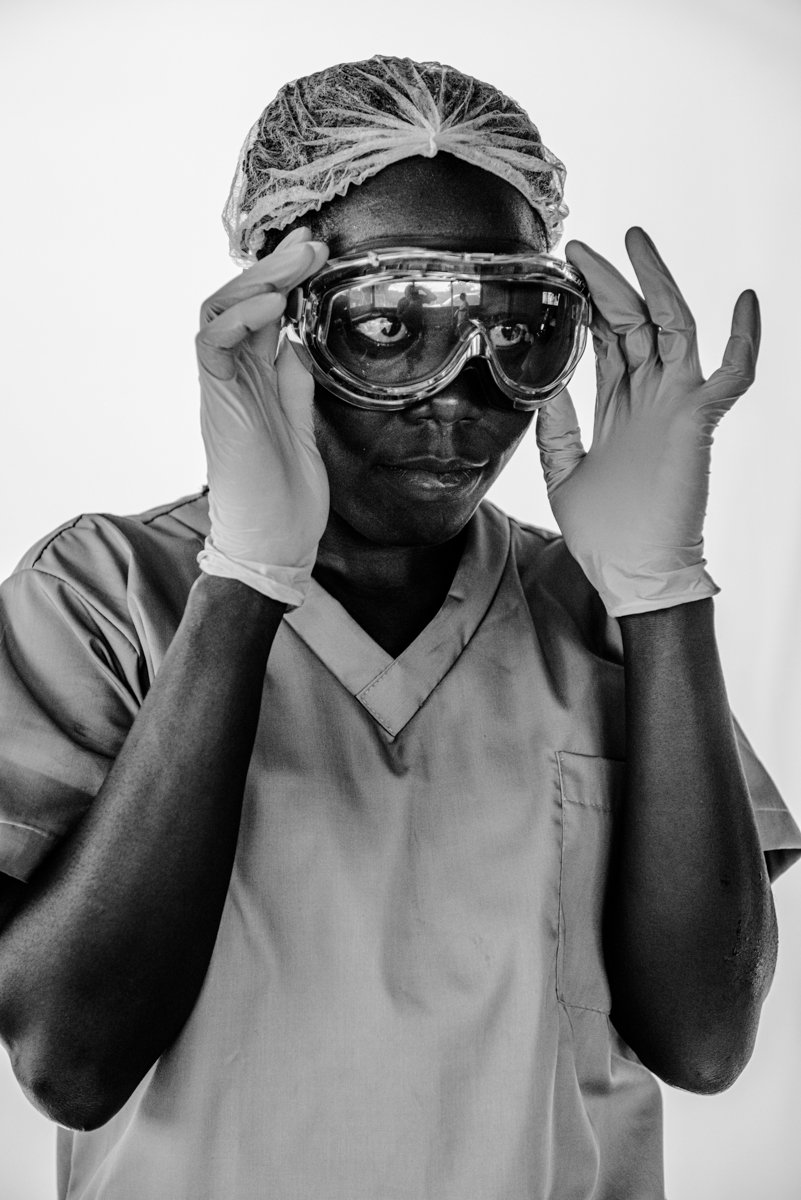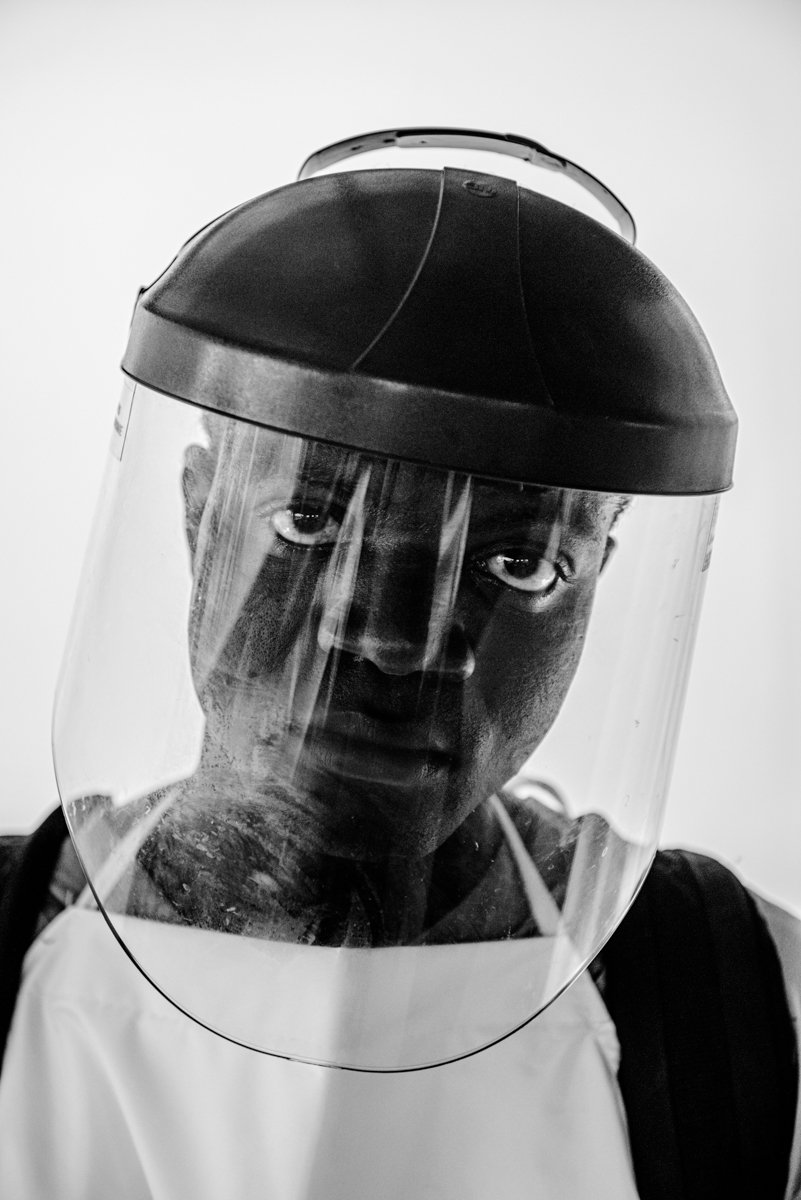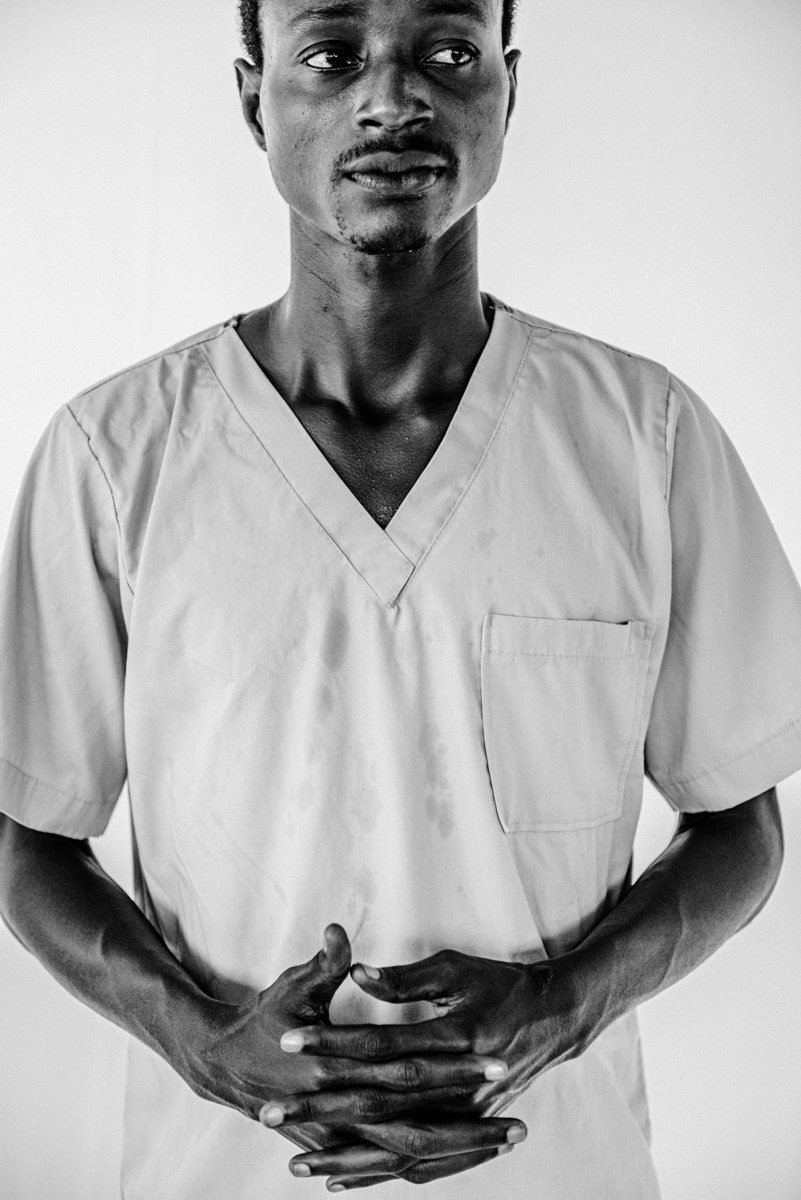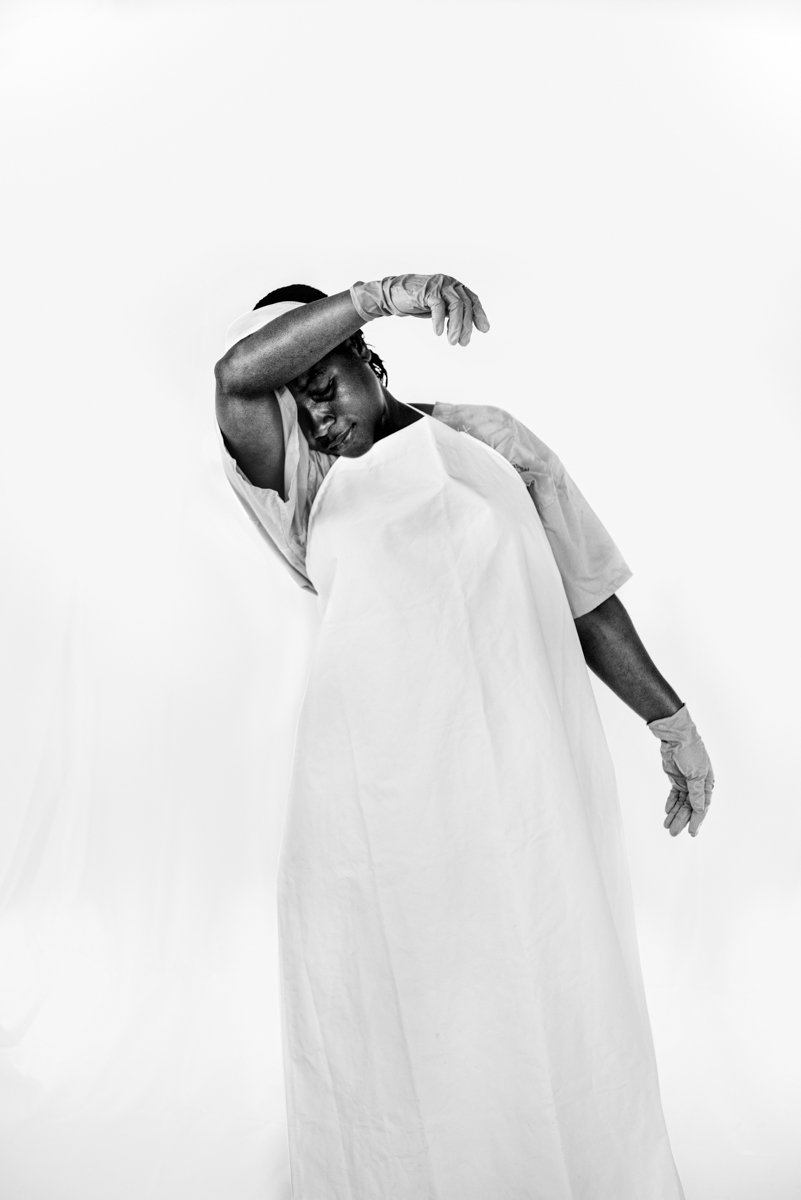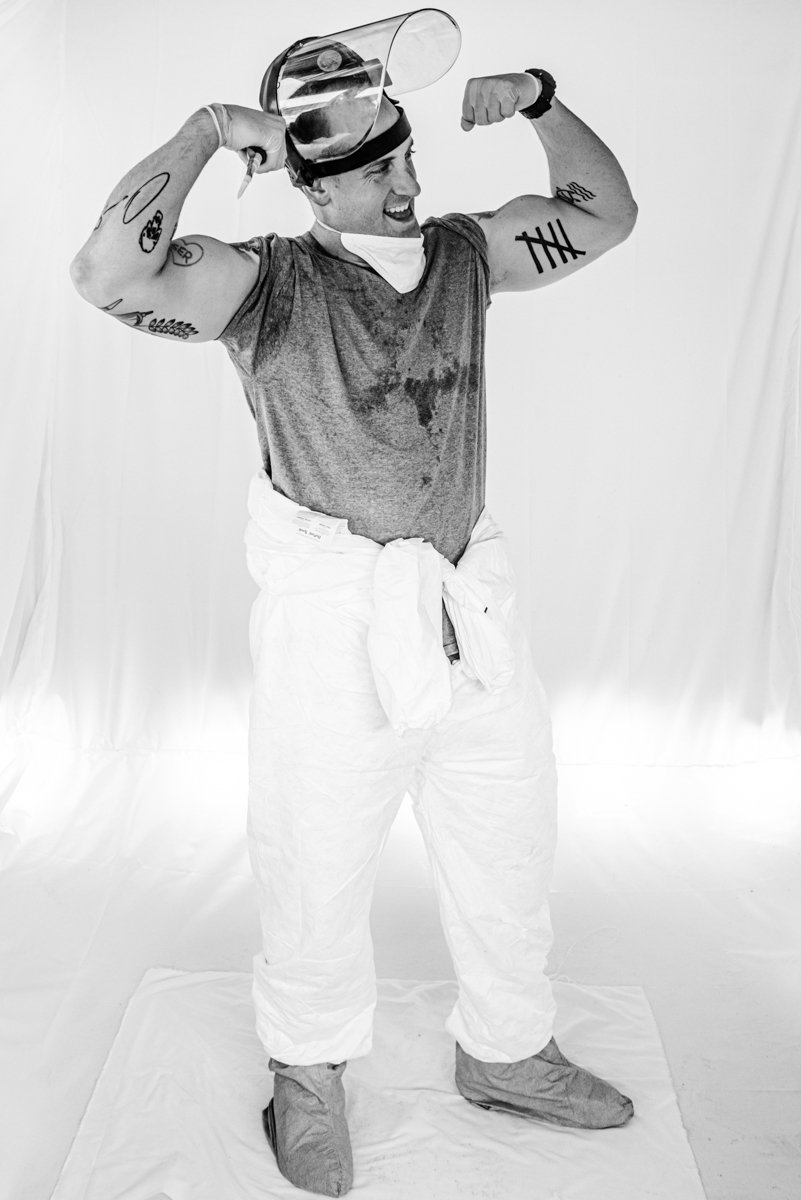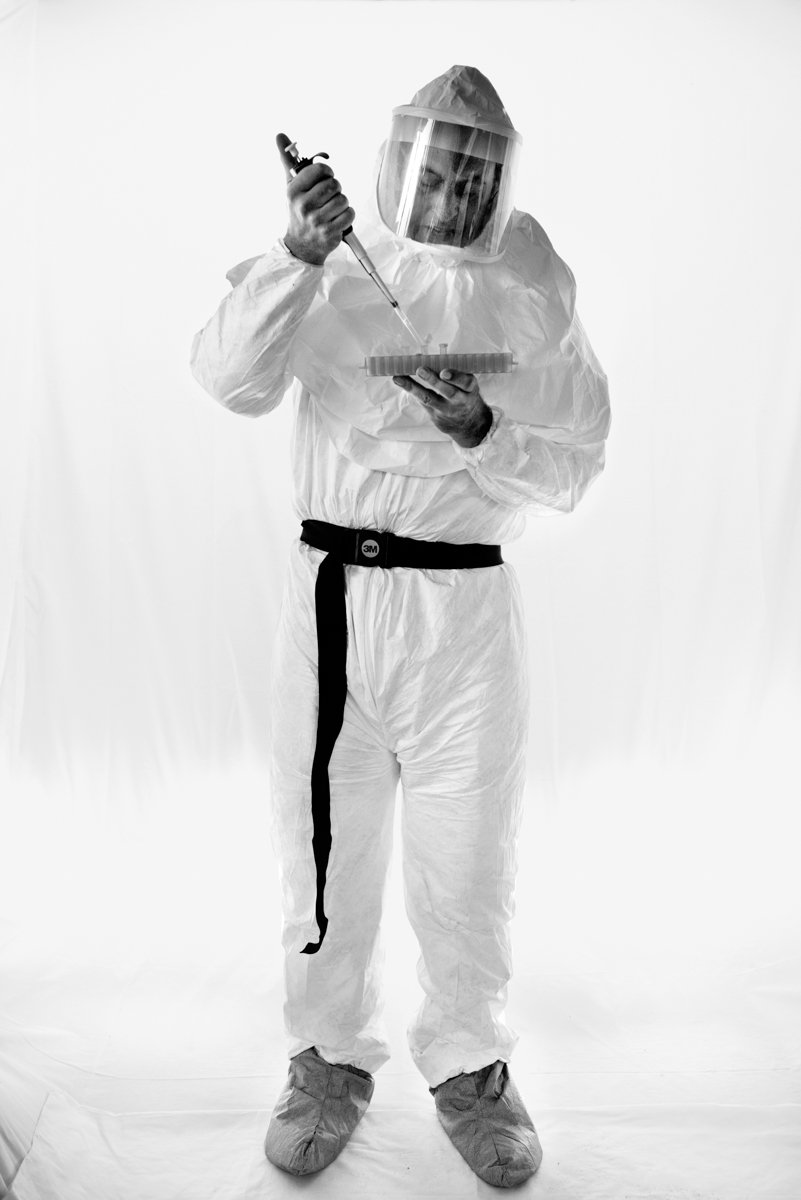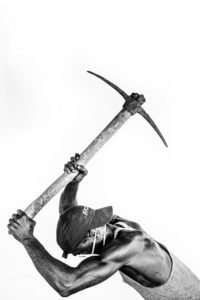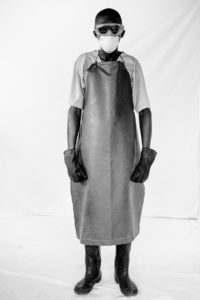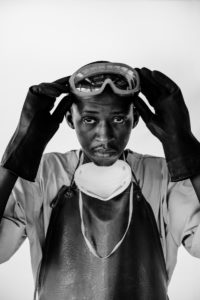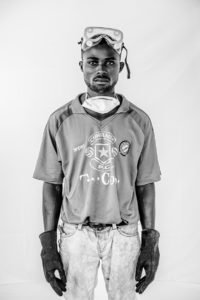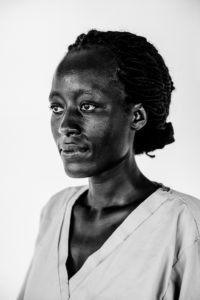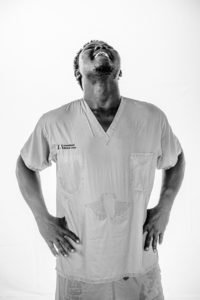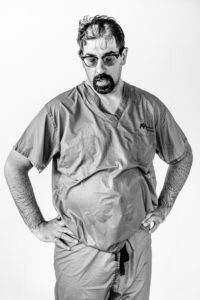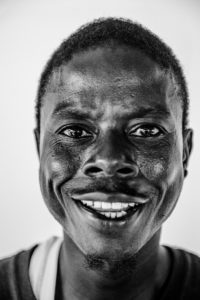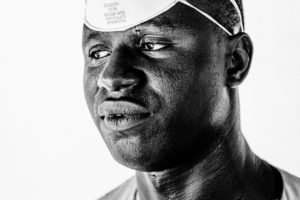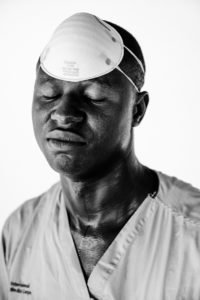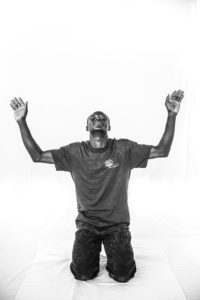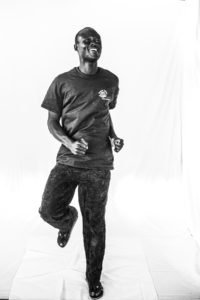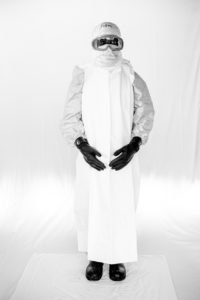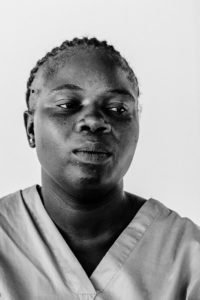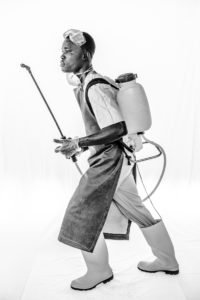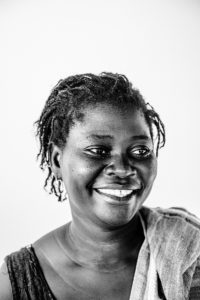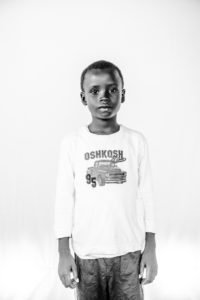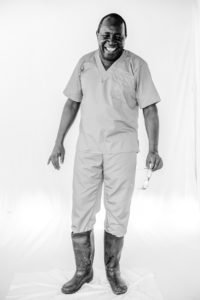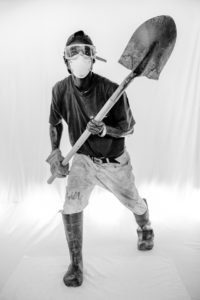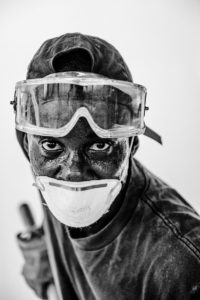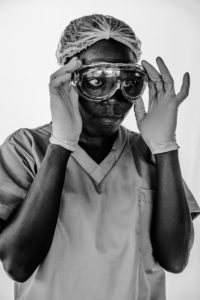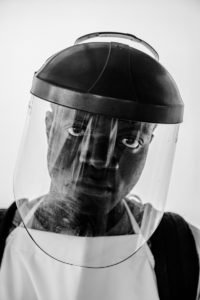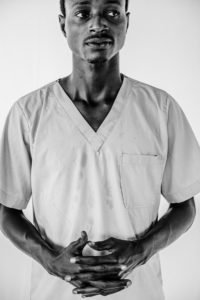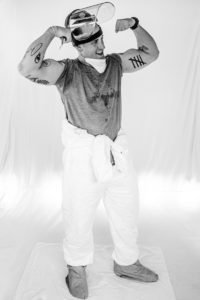- Activities
MAPS is a collective effort proposing new ways and approaches of storytelling to address the world's changing environment and societies.
MORE- Works
- Cultural
- Education
- Collective projects
- Members
MAPS brings together various dedicated professionals who want to start a new adventure and learn from each other in the process.
MORE- Photographers
- Creatives
- Contributors
- Foundation
Series
Braving Ebola
Daniel Berehulak
Portraits of those who labor and those who survived at an Ebola treatment center in rural Liberia.
As the spread of the Ebola epidemic accelerated in 2015, Liberia’s national health system collapsed, and most hospitals and clinics.
Thousands of people died before international aid organizations had built Ebola treatment centers with enough to care for the sick.
Liberians watched as health care workers in hazmat suits carried away their loved ones for burial or cremation, a practice foreign in Liberia, Sierra Leone and Guinea, and traumatic for surviving family members.
These are the people of one Ebola clinic in rural Liberia. Run by the American charity International Medical Corps, the clinic rose in September out of a tropical forest. It now employs more than 170 workers, a mix of locals and foreigners, some of them volunteers. There are laborers trying to make money for their families, university students helping because Ebola has shut down their schools, and American doctors who, after years of studying outbreaks, are seeing Ebola’s ravages in person for the first time. A mobile laboratory operated by the United States Navy has set up shop at a shuttered university.
Some of the workers will stay a few more weeks, or until the end of the year. Many of the Liberians vow to remain until the disease is gone, when they can go back to their old jobs or resume their former lives. They work toward a time after Ebola.
